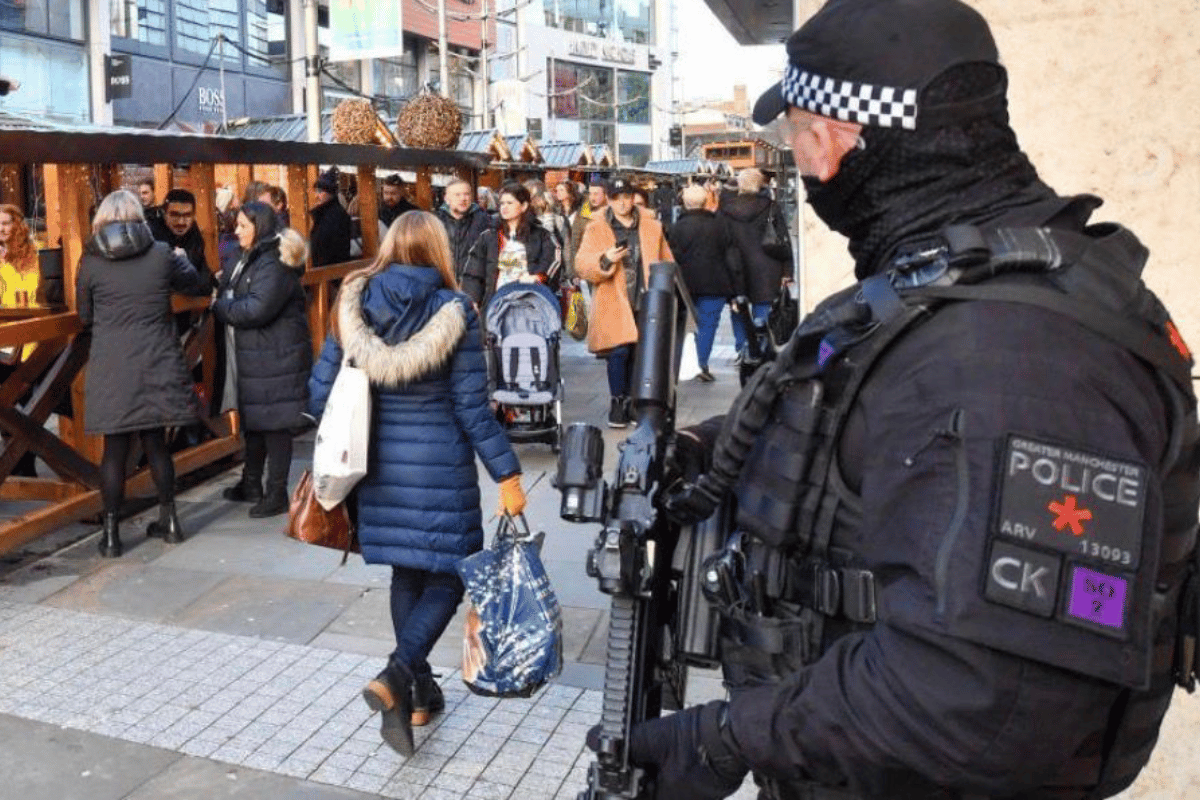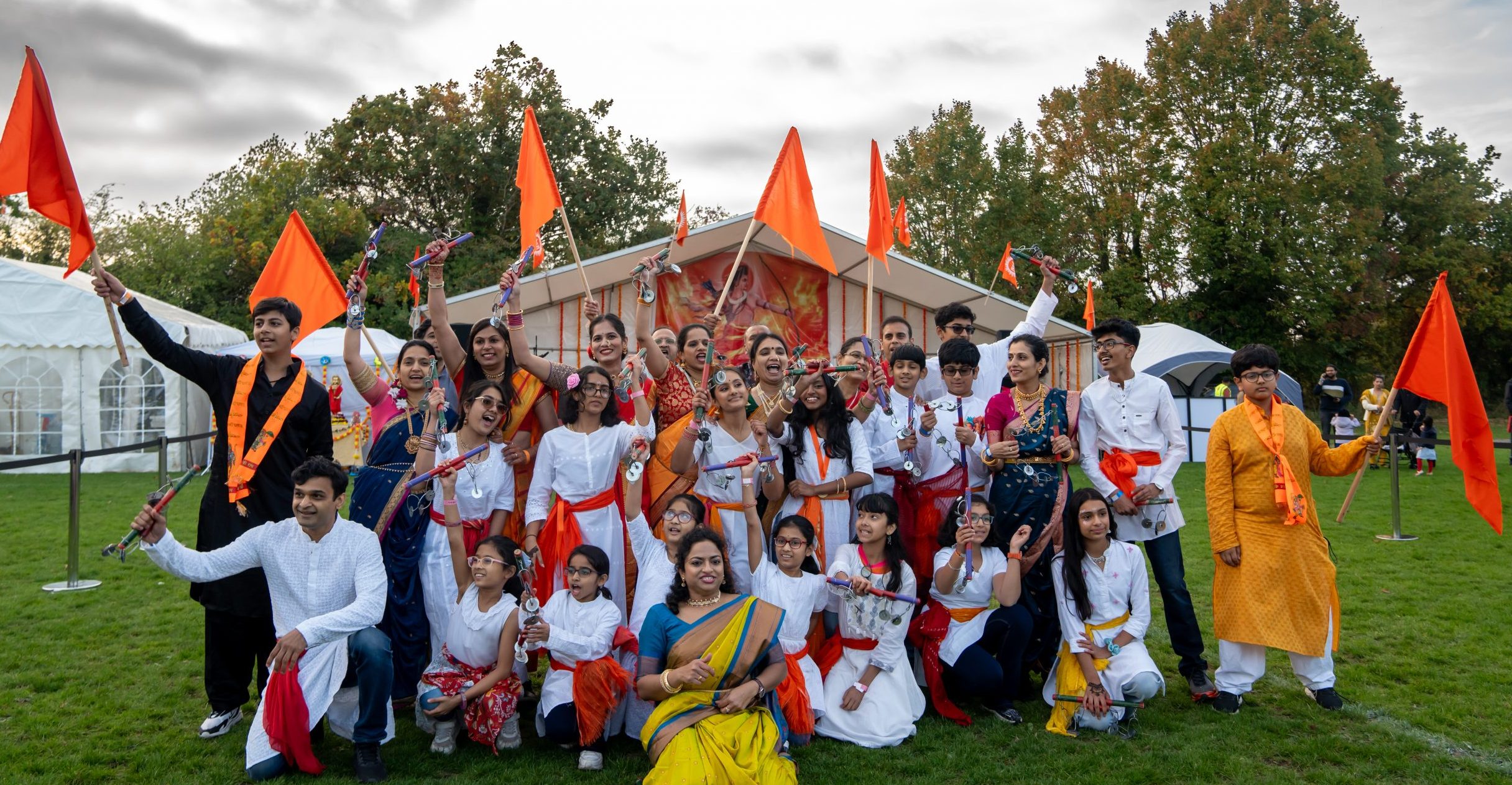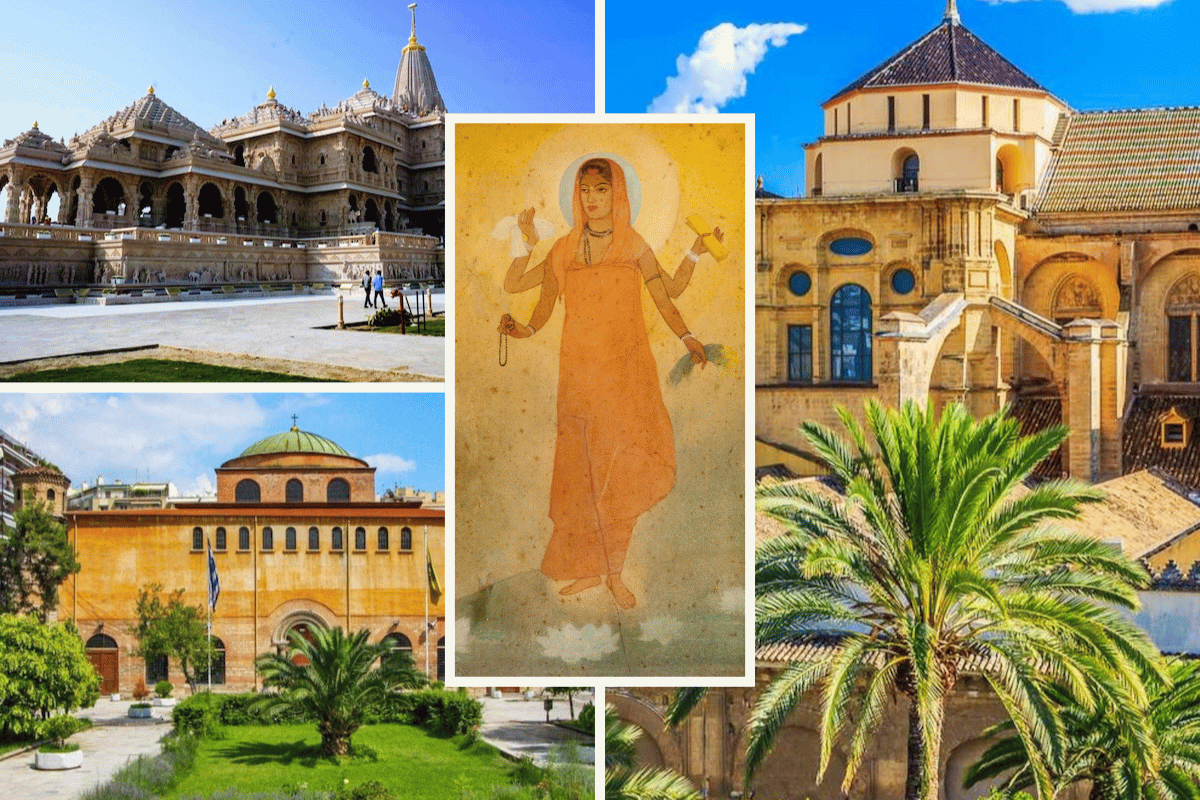
The UK media’s inherent bias against India towards their policies, politics, culture, and foreign diplomacy is well known. However, in serious situations such as the terrorist attacks that took place on 22nd April 2025, where innocent civilians were massacred based on their religious identity, we expect an unfiltered account of the acts.

From referring to the terrorists as militants and refusing to acknowledge the religious angle of the heinous attack, where men were asked to read the Kalma (religious incantaton of faith) or display their circumcised penis to confirm their Muslim or non-Muslim identity, the UK media from the BBC, the Guardian, the Independent and others have wantonly failed to convey the stark reality of the attacks.
How do we know these details? Just ask the victims’ families, especially the women who were deliberately spared by the terrorists with the cheek to quip, “Modi ko jake bolna”, (Go tell this to Modi). This was when the women and children pleaded to be killed as well, shocked by the sudden brutality of this attack. Surely, these surviving members wouldn’t think of exercising any bias, political ambitions or affiliations in their moment of tragedy?
By amplifying Pakistan’s claims of innocence while downplaying its documented history of harbouring terrorists, the media seems deliberate in misleading the public and policymakers alike.
Pakistan’s use of IMF bailouts: A troubling pattern
Pakistan’s mendicancy towards the world, especially with the IMF (International Monetary Fund), to showcase its poverty to seek one bailout after another, has been a track record of its own. How old? It is as old as thirty-seven years to date, with the recent one on the 9th May 2025, amounting to $1 billion. Despite the numerous loans and bailouts worth billions of dollars from the IMF, this failed terrorist state has never shown a return on investment.
How and why the IMF is oblivious to this fact is a matter for another debate. Indian governments, especially for the past two decades, have consistently raised this issue globally across various forums such as the United Nations, G20, SAARC (South Asian Association for Regional Co-operation) meetings, but beyond the tepid diplomatic statements, it has never translated into concrete action.
For the 26/11 attacks, Indian government agencies compiled a comprehensive four-hundred-page dossier to Pakistan, implementing the famous “Follow the money” phrase. Guess where is the source of these funds?
The Financial Action Task Force (FATF) is a global watchdog that monitors countries’ efforts to stop money laundering and terrorist financing, but in Pakistan’s case, its weak enforcement has allowed violent extremist groups to operate with impunity. The Financial Action Task Force (FATF) demonstrated its ineffectiveness over the past decade by allowing Pakistan a delayed entry into, and a swift exit from, the ‘Grey List’ – not even the more severe ‘Black List’ – despite its failure to monitor, let alone dismantle, violent extremist groups like Lashkar-e-Tayyaba (also known as Jamaat-ud-Dawa) and Jaish-e-Mohammad.
The release of a $1 billion IMF loan is a testament to the laissez-faire attitude of the Western Media, and its narrow eye to the terror-spawning activities of this Islamist Military entity.
Related Stories
- Operation Sindoor: India’s War on Terrorism
- The Pahalgam massacre: A grim reminder of lapses and the poison of terrorism
- Dismantling myths and lies surrounding Operation Sindoor: India’s resolute counter-terrorism triumph
Pakistan’s role in undermining peace
This is about so much more than Pahalgam. Since 1947, Pakistan has repeatedly employed state-sponsored terrorism and Islamist militancy as tools of warfare and demographic engineering, particularly targeting India and its indigenous Hindu and non-Muslim populations.
- 1947: Invasion of Kashmir: Pakistan sent soldiers in the guise of tribal militias into Jammu & Kashmir, massacring Hindus and Sikhs. This triggered the First Indo-Pak War and resulted in the illegal occupation of one-third of the region, now Pakistan-occupied Jammu & Kashmir (Pojk) as well as Gilgit-Baltistan.
- 1971: Bangladesh Liberation War Genocide: During the Liberation War, the Pakistan Army, aided by Islamist Al-Badr and Al-Shams militias, killed over 3 million people, mostly Hindus, raped 200,000–400,000 women, and drove 10 million refugees into India.
- 1990: Kashmiri Hindu Genocide: Pakistan-backed terrorist groups JKLF and Hizbul Mujahideen ethnically cleansed over 400,000 Kashmiri Hindus (Pandits) from the Valley, using threats, murders, and rapes.
- 2008: 26/11 Mumbai Terror Attacks: Pakistan-based Lashkar-e-Taiba, with support from the ISI, launched coordinated attacks across Mumbai, killing 166, including foreigners. Key sites included the Taj Mahal Hotel, Leopold Café, and Chabad House.
- 1951–Present: Hindu Population decimation: Hindu population in Pakistan declined from 22% in 1951 to under 2% today due to systemic persecution, blasphemy laws, forced conversions, and mob violence. In Pojk & Gilgit-Baltistan, Hindus and Sikhs have been wiped out.
- 2025 Pakistan Ceasefire Violation: After the IMF bailout on the 9th May and a hastily Pakistani-requested ceasefire on 10th May, which lasted hardly one hour, Pakistan again commenced cross border shelling, specifically attacking the Kashmir Valley & the areas in the vicinity of the Mata Vaishno Devi Shrine in Jammu, according to Jammu and Kashmir chief minister Omar Abdullah.
Pakistan operates as a colonial state internally, where power is concentrated in the hands of a Punjabi-dominated military elite.
This oligarchy exploits and represses peripheral regions like (resource-rich) Balochistan, Sindh, and Pakistan-occupied Jammu and Kashmir (Pojk), using tactics akin to colonial rule—military occupation, resource extraction, and demographic manipulation. The starkest example of the latter is the Pakistan-occupied Jammu Kashmir area, where for over 60 years the local populace has been displaced and outbred by Punjabi settlers. It’s a similar situation in Gilgit as well. Pojk residents who live in the vicinity of the dam on the Jhelum/Vitasta River pay a higher electricity power tariff than the denizens of uptown Lahore, Rawalpindi or Gujranwala.
Local populations are denied basic rights, face violence and disappearances, and are excluded from political power, while Islamabad presents itself as a postcolonial victim abroad. Meanwhile, the Rawalpindi garrison, aided by Islamic seminaries, supports terrorism in India, Afghanistan, and Iran, with Pakistani jihadist cells also found in the Gulf, Nepal, Europe, and the UK—most notably in the 7/7 London bombings
The terrorist media machine
In an age when conflict is bleeding across borders as well as continents, blood runs faster than truth. With the dawn of the social media age, the terrorist does not only wield a gun or a blade, but he also manipulates the lens, the caption and the hashtag. The terrorist media machine that he commands is slick with the grease of half-truths and lies. This is how the terrorist media machine works:
- Never contextualise – Strip events from history to frame terrorists as reactionaries, not aggressors.
- Operate in binaries – Present conflicts as oppressed vs. oppressor, ignoring complexity and mutual accountability.
- Play the oppressed – Weaponise victimhood to justify violence and obscure the identity of real victims.
- Start labelling – Use charged terms like “genocide” or “resistance” to deflect scrutiny and moralise terror. There is also a recent trend in labelling Hindus as ‘nationalists’, ‘fundamentalists’, ‘far right’, ‘Nazi’ etc.
- Rinse and repeat – Recirculate the same narrative with each new incident to cement false public memory.
How to combat false narratives
The terrorist media machine thrives on distortion and silence. To combat it, we must expose its falsehoods, amplify victims’ voices, and ensure truth outpaces propaganda.
- Notice patterns in history and call out lies – Trace consistent behaviours and reveal how facts are distorted over time.
- Move beyond simple binaries – Challenge good vs. evil storytelling and introduce nuance rooted in truth.
- Call out the real oppressors – Name the state and ideological backers of terrorism.
- Think before you label and racialise – Resist using identity politics to excuse terror or silence victims, and worse, equalise the perpetrator and the victim.
- Never stop fighting terrorism – Remain vigilant, informed, and morally grounded in the face of propaganda. This is demanding, meticulous and needs uncomfortable truths to be bluntly spelt out. It’s the least that the media can do for victims and their families.
Co-located words (terms that frequently appear together), can insidiously reinforce biased narratives by shaping how events are framed. Reading against the grain means questioning these patterns and asking why certain word pairings persist. For example, when the media consistently pairs the word “militant” with “Kashmir” but avoids terms like “terrorist” or “Islamist,” it subtly sanitises violence and erases the religious targeting involved. In doing so, the terrorist media machine steers public perception. To resist being pulled into this centrifuge of distortion, we must move consciously against its flow; reading critically, contextually, and with moral clarity. Constant questioning and a dynamic Media ombudsman would go a long way, favourably to ensuring such fairness, coherence with truth, and adherence to facts.
Conclusion
The UK media’s selective reporting on terrorism, particularly its refusal to name Pakistan’s long-documented complicity, does not just fail India; it fails the global fight against terrorism. By downplaying religiously motivated violence and legitimising a state that has weaponised jihad for decades, British outlets like the BBC, The Guardian, and The Independent, become unwilling accomplices in the propaganda war. Their silence and sanitisation embolden terrorist regimes, and marginalise the suffering of real victims, especially non-Muslims persecuted in South Asia. If the UK media truly values human rights, it must abandon its ideological filters, acknowledge historical patterns, and speak the truth, however uncomfortable. Anything less is not journalism; it is complicity.
To push back against these false narratives, citizens must demand accountability from media institutions. Write to editors, question biased coverage, and support independent journalists who prioritise truth over ideology. Some have already set up independent media, news channels online and free-lance to dailies, online platforms. Amplify the voices of victims, challenge misinformation on social media, and engage your elected representatives to ensure that foreign aid does not fund terror by proxy. Silence enables terror; awareness and action are the antidotes.









